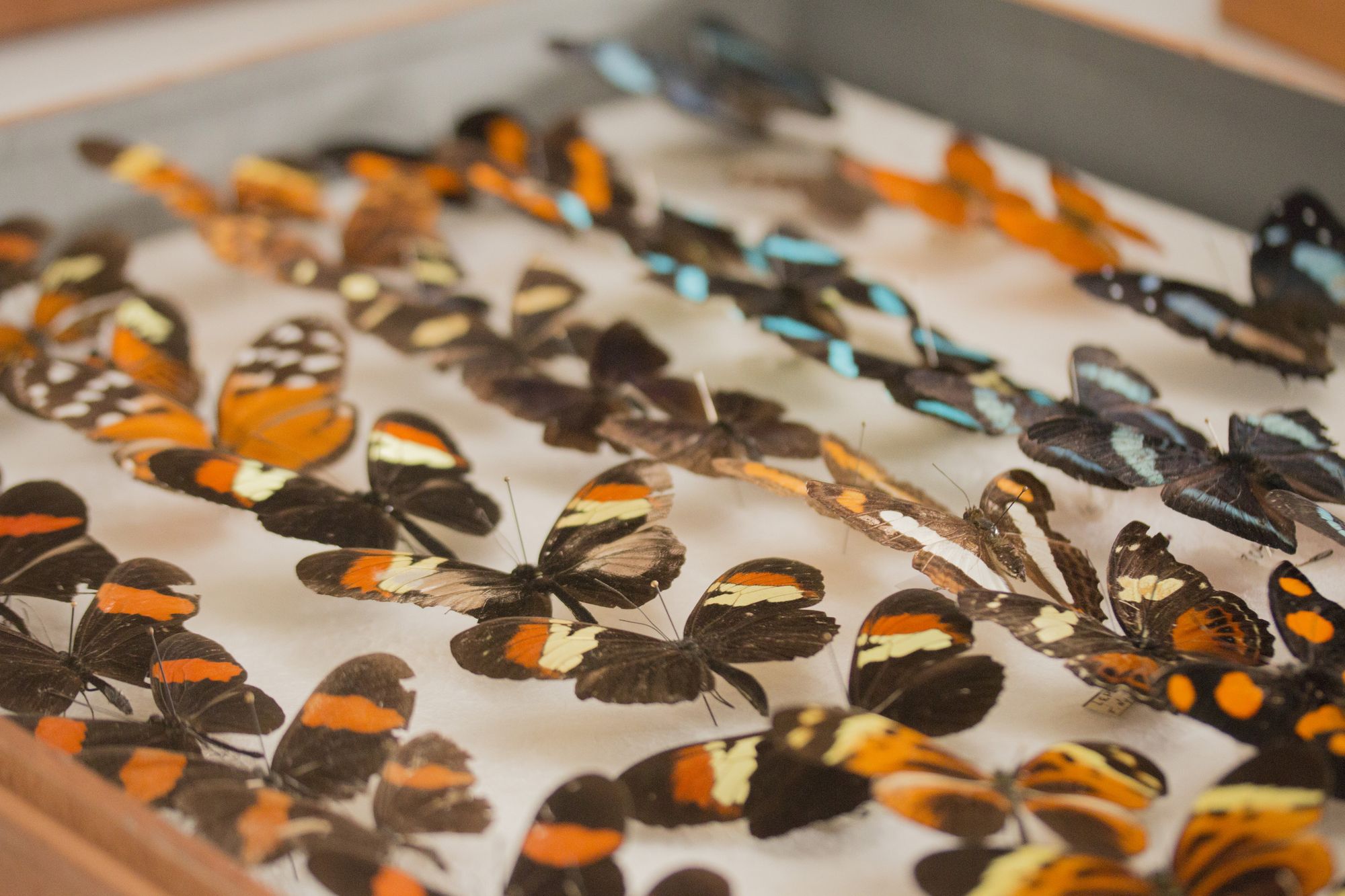


The Natural Sciences Institute (ICN) of the National University of Colombia has the largest collection of Colombian biological specimens in the world, with a number of close to 940,000 specimens. At present, the Institute has systemized more than 560,000 specimens, scientific collections available online.
The process of systematization of the biological collections of the Institute of Natural Sciences began in the 1970´s with the Colombian National Herbarium (COL). Since then it has been building a corporate database, which was achieved in various stages of development, culminating in the decision in 2005 to adopt the Specify management software and data storage. For the first time, in 2004, the Institute made available biological collections through Internet. Currently this online resource provides access to the database, and more than 193,000 photographs of the Colombian National Herbarium specimens (the Virtual Herbarium). In 2008 we added 603 high-resolution photographs of the type specimens of the Entomological Collection. Since 2007 it has been systematically georeferencing records of biological collections. Approximately 30% of the records have been georeferenced. In 2008 systematic institutional programs (and related processes) were consolidated to create the Informatics Biodiversity program of the Natural Sciences Institute, which houses various projects and resources. We will continue working to increase the number of records and photographs of the biological collections, and to develop new tools for our users.
Creating online collections would not have been possible without the support of the National University of Colombia, especially programs like the Vice-rector of research, the National Direction of Information and Communications and Univirtual. Since the end of 2003, collaborations with national and international partners have strongly driven the digitization of biological collections of the Natural Sciences Institute. Currently lots of online collections are visible through GBIF, IABIN, SIB Colombia and Global Plants Initiative JSTOR networks.
Finally, we must recognize the role of the "Catalogue of the Plants of Colombia" to promote the process of digitizing the Colombian National Herbarium (80% of total institutional collections). The catalog is an initiative of the Natural Sciences Institute with the participation of more than 163 specialists from 85 institutions in 21 countries. Digitization of Herbarium specimens and catalog production are closely related and have supported each other since the beginning of both initiatives.